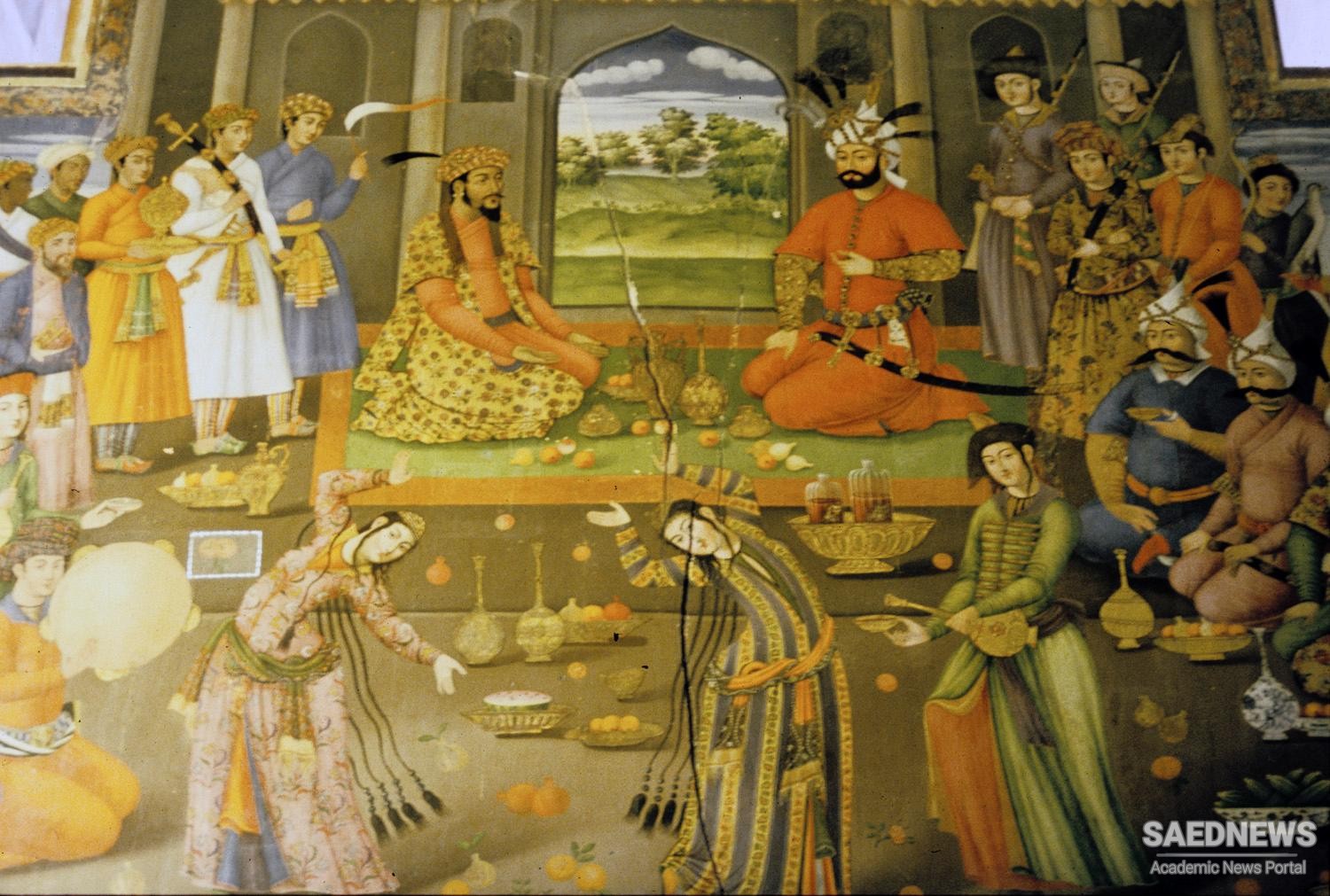It was not only a matter of a conflict between rival interests which grouped themselves around the two contenders, but also (and to a far greater extent) of a struggle between Turkmen and non-Turkmen. Admittedly, the picture does not appear so clear-cut at first sight. On the one hand we find Prince Haidar supported partly by the Turkmen Ustajlu tribe but mainly by the Georgian leaders at court; on the other hand the party of Prince Isma'Il, who was still imprisoned at Qahqaha — a group led by Princess Par! Khan Khanum and supported partly by her Circassian uncle Shamkhal Sultan but in the main by all the Turkmen tribes other than the Ustajlu.Prince Haidar considered himself not without good reason as the heir appointed by Tahmasp, but did not even get a chance to take power: he fell into the hands of his opponents and was immediately murdered. Thereafter the way was open for his brother to ascend the throne as Ismail II. The eighteen months of his rule constituted a reign of terror unusual even by oriental standards. That the party which had suffered a defeat over the succession should have been exposed to the revenge of the victors is not surprising. What is remarkable is the merciless cruelty with which the new shah exterminated his brothers. Only one of them, the almost blind Muhammad Khudabanda, eluded his assassin — and that only because Isma'Il died before the order could be carried out. This brutality is explained by the hypothesis that Isma'Il, whose health had been ravaged by the constant use of drugs during his long captivity, was on the verge of insanity when he succeeded to the throne and from then on acted purely out of paranoia. This theory may well be correct; but it is equally possible that he was deliberately imitating the example of the Ottoman court, where at this time, after several unfortunate experiences, the "superfluous" princes were systematically eliminated to ensure that the accession of the crown prince would not be threatened. It can be assumed that Ismail, remembering his earlier battles with the Turks, continued to show an interest in developments in the Ottoman empire even during his captivity. We even know that he could draw on certain sources of information at Qahqaha. Why should he therefore not have come to the same conclusions as had been drawn in Istanbul? Perhaps the distrust and fear that he showed reflected his own attitude towards his father; they were certainly dictated by his father's bitter experience with his brothers Alqas and Sam. There is no evidence that the murdered princes had given the new shah any concrete grounds for suspicion, with the exception of one of his cousins, Sultan Husain MIrza, who set up an independent principality in the remote region of Qandahar and who perished early in 1577 without Ismail's contrivance.


 Shah Tahmasp I: the Man and His Kingdom
Shah Tahmasp I: the Man and His Kingdom














































